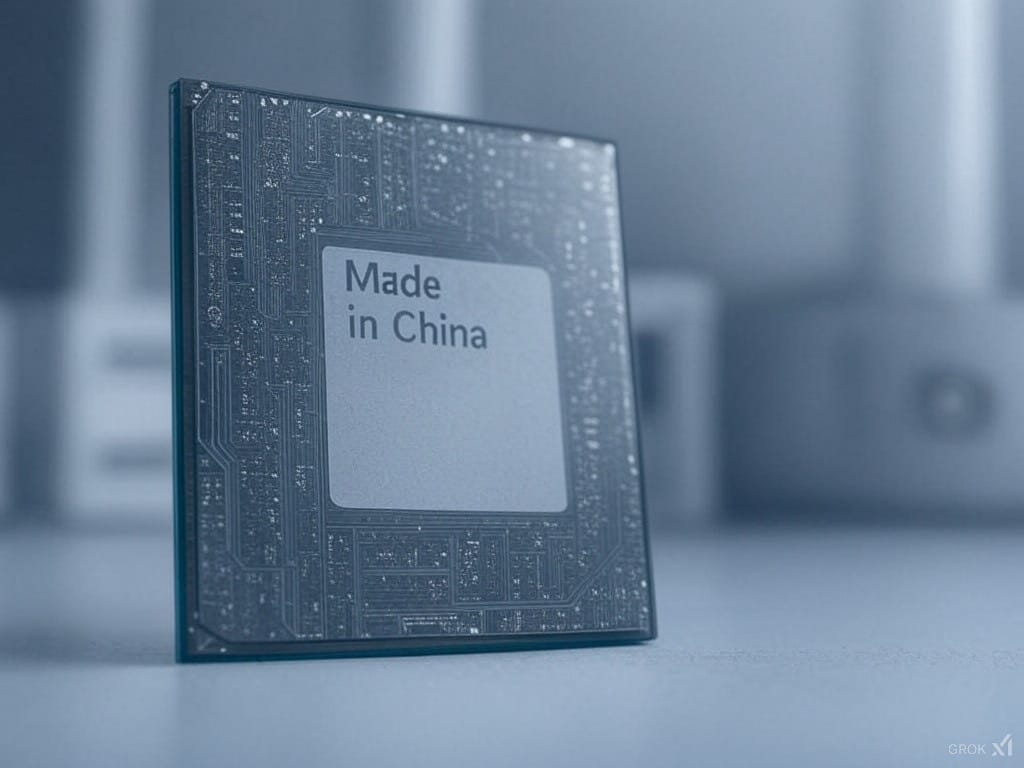
In recent years, China’s rise in the chip industry has attracted widespread attention from the global science and technology community. As a core component supporting the modern information society and the intelligent era, the research and development and manufacturing of chips are of great significance to the high-quality development of the national economy and independent innovation in science and technology. After decades of hard work, China’s chip industry has achieved remarkable achievements, from initially “following” to today’s “running side by side” and even “leading” in some areas. This article will explore the rise and future development trends of China’s chip industry from several key aspects.
- Independent innovation drives industrial upgrading
The rise of China’s chip industry benefits from the continuous advancement of independent innovation. In the past, due to technological barriers and imperfect industrial chains, China’s chip manufacturing mainly relied on imports, especially in the field of high-end chips such as processors and memory. However, with the Chinese government’s continued support for scientific and technological innovation and increased investment in research and development, more and more local companies have begun to break the technological blockade and conduct independent research and development.
Take Huawei HiSilicon as an example. Its Kirin chip series has continuously broken through technical bottlenecks and successfully launched globally competitive smartphone processors. Some of their performance has approached or even surpassed that of international giants. In addition, as China’s largest semiconductor manufacturer, SMIC has already occupied a place in the global semiconductor manufacturing field by virtue of its continuously improved manufacturing technology.
- Policy support and improvement of the industrial chain
The rise of China’s chip industry is inseparable from the support of national policies. The Chinese government has listed the semiconductor industry as a national strategic emerging industry, and has promoted the development of domestic chip companies by increasing financial subsidies, tax incentives and other policy measures. Under the guidance of policies, domestic chip companies have increased their R&D investment and continuously improved the technical level and production capacity of chips.
At the same time, the gradual improvement of the domestic chip industry chain is also an important factor in promoting the rise of Chinese chips. China’s chip industry chain has formed a relatively complete ecosystem from design, manufacturing to packaging and testing. In this process, companies such as Yangtze Memory Technologies Co., Ltd. and Tsinghua Unigroup have made continuous breakthroughs in areas such as memory chips and DRAM (dynamic random access memory), filling the gaps in China in these fields.
- International cooperation and talent introduction
Although China has made remarkable progress in the chip field, there is still a certain gap in the face of international technological blockades and market competition. Against this backdrop, Chinese companies have chosen an active strategy of international cooperation and talent introduction. By cooperating with the world’s top chip companies and introducing advanced technology and management experience, Chinese companies have gradually narrowed the gap with international giants.
For example, companies such as ZTE and Huawei have rapidly absorbed the world’s advanced technical talent and R&D capabilities through acquisitions and cooperation, enabling them to make major breakthroughs in the fields of communication chips, processor chips, etc. In addition, China has rapidly accumulated core technologies and enhanced the overall competitiveness of the chip industry through mergers and acquisitions at home and abroad.
- Market demand and innovative applications
China’s huge consumer market and strong industrial demand have provided tremendous impetus for the rise of the local chip industry. With the rapid development of technologies such as 5G, artificial intelligence, Internet of Things, and autonomous driving, the market demand for high-performance chips continues to increase, especially in the fields of smartphones, smart hardware, automotive electronics, etc.
Chinese companies have not only gradually achieved localization in the field of consumer electronics, but have also promoted the widespread application of chip technology in many industries such as industry, automobiles, and medical care. For example, with the construction of 5G networks, domestic communication chip research and development has made rapid progress, and Huawei’s Kunpeng processors and Kirin chips have become one of the strongest competitors in the world. At the same time, companies such as Cambrian and BGI have also made breakthroughs in chip research and development in the fields of artificial intelligence and big data processing, bringing new competitive impetus to the global chip industry.
- Challenges and future prospects
Although China’s chip industry has made remarkable achievements, it still faces challenges in technology, market and international politics. On the one hand, China still has a gap in R&D and production capabilities in the field of high-end chip manufacturing, especially in advanced process technologies (such as 5nm and 7nm chips); on the other hand, international trade frictions and technological blockades have had a certain impact on the development of Chinese chip companies. pressure.
However, as China continues to increase its support for scientific and technological innovation, chip technology is gradually developing towards high-end and localized production, and is expected to break through more technical bottlenecks in the future. Especially driven by cutting-edge technologies such as artificial intelligence, quantum computing, and 5G, China’s chip industry will occupy an increasingly important position in global competition.
Conclusion
The rise of China’s chip industry is the result of the combined effects of policy promotion, market drive and technological innovation. From “following” to “running side by side” and then to “leading” in some fields, the development process of China’s chip industry is full of challenges and opportunities. Although facing many challenges, through continuous technological breakthroughs and improvement of the industrial chain, China is expected to occupy an important position in the global chip industry in the future. With the continuous advancement of innovation, the rise of China’s chip industry will inject new vitality into global scientific and technological development and provide strong support for the high-quality development of China’s economy.